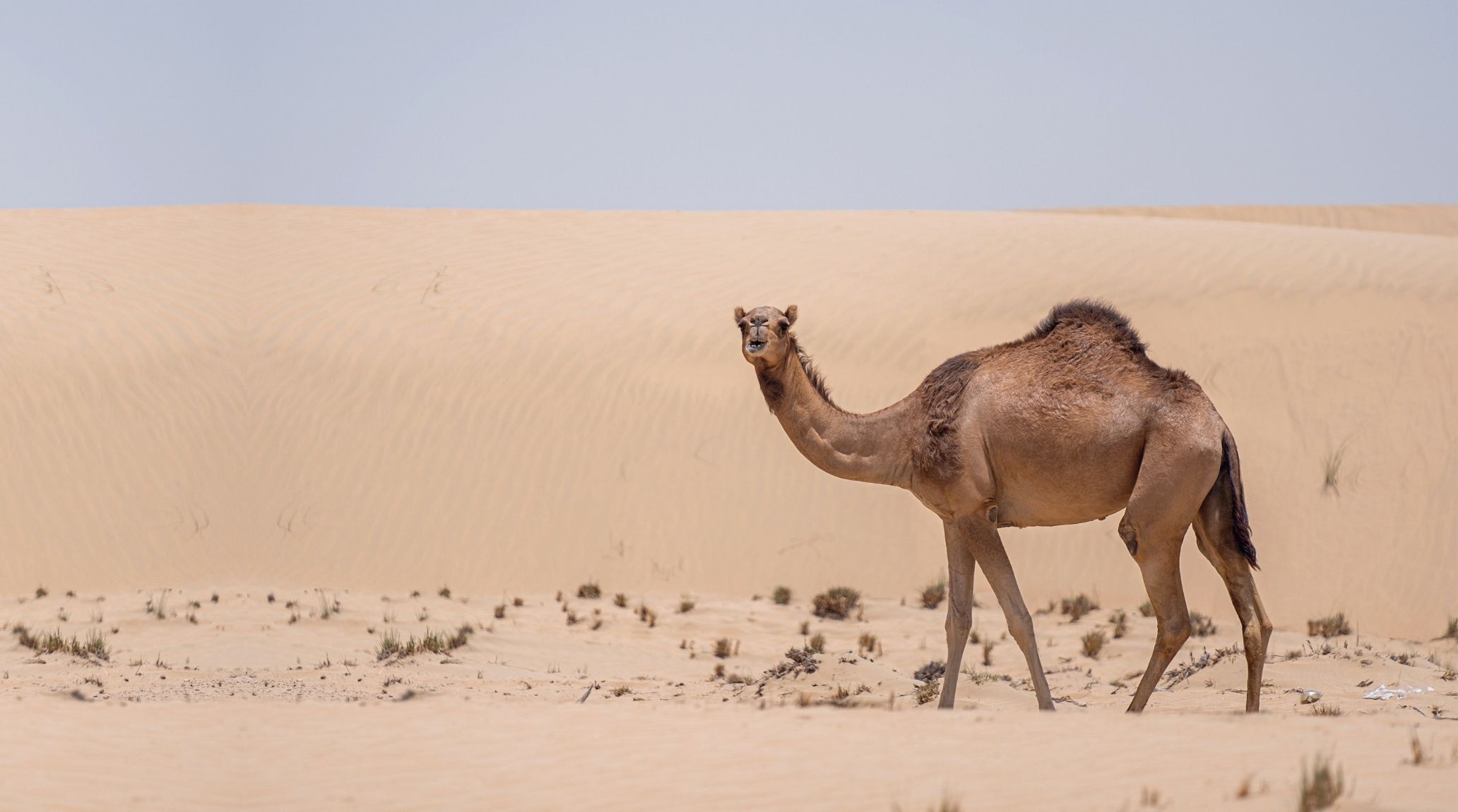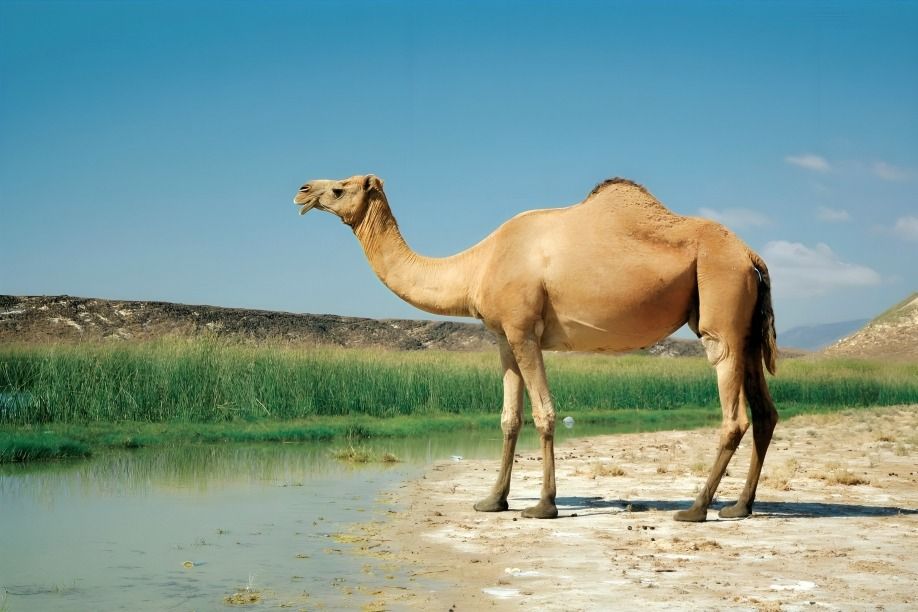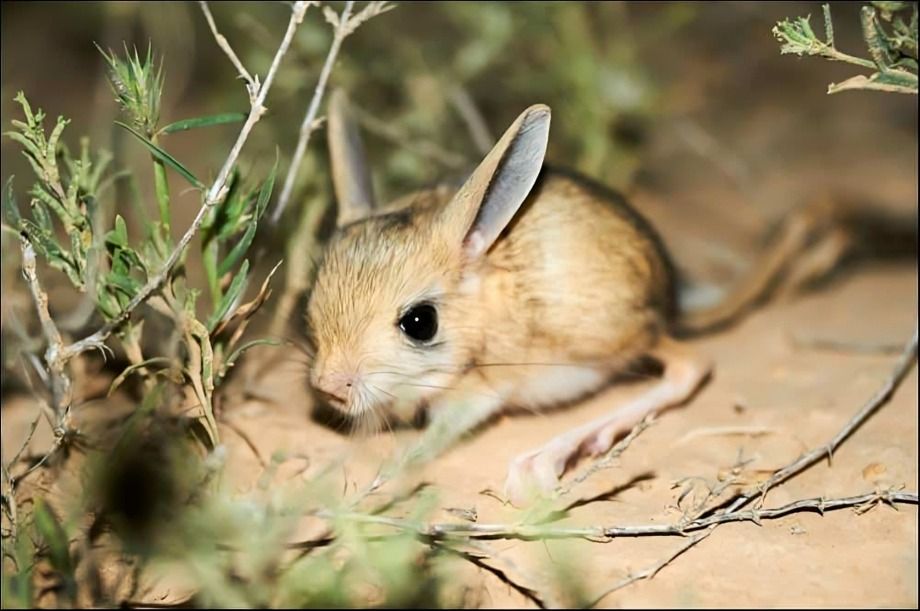
“
Deserts are some of the most extreme environments on Earth, but they are also home to a surprising variety of wildlife. In this article, we reveal 20 Incredible facts about animals in desert habitats and how they have adapted to live in one of the planet’s toughest ecosystems.1
1
”
Camels, often associated with their ability to survive in the desert, don’t actually store water in their humps. Instead, their humps store fat, which provides energy when food is scarce.1
The fennec fox, a small nocturnal fox native to the Sahara Desert, is known for its remarkably large ears. These ears serve a dual purpose: dissipating heat and helping the fox hear prey moving underground. 2
Sidewinder rattlesnakes, found in North American deserts, use a unique form of locomotion known as sidewinding. This movement helps them travel across hot sand without burning their bodies. 3
Kangaroo rats, native to desert regions of North America, are remarkable for their ability to live without ever drinking water. They obtain all necessary moisture from the seeds they eat. 4

Dromedary camels, famous for their desert endurance, have the unique ability to close their nostrils during sandstorms. This adaptation prevents sand from entering their respiratory system.
Desert tortoises, native to the southwestern United States and Mexico, spend much of their lives underground. They dig burrows up to 10 feet deep to escape the desert's extreme heat. 5
Gila monsters, one of the only venomous lizards in the world, store fat in their tails. This stored fat allows them to survive for months without eating. They are Found in desert areas of the southwestern United States and Mexico. 6
The roadrunner, a bird commonly seen in American deserts, is famous for its speed. It can run at speeds of up to 20 miles per hour, allowing it to catch fast-moving prey like lizards and insects. Its quick reflexes make it a skilled hunter. 7
Addax antelopes, native to the Sahara Desert, are incredibly well-adapted to dry environments. They can go almost indefinitely without drinking water. Instead, they obtain moisture from the plants they eat. 8
The desert horned lizard has an extraordinary defense mechanism—it can squirt blood from its eyes. This blood contains chemicals that can deter predators such as coyotes. 9

Jerboas, small rodents found in deserts across Asia and Africa, have strong hind legs that allow them to leap great distances. These tiny creatures can jump up to 10 times their body length.
Desert scorpions are known for their eerie glow under ultraviolet light. When exposed to UV rays, their exoskeleton fluoresces, creating a glowing effect. Scientists are still researching why this happens, but it may help the scorpions detect light levels. 10
The thorny devil, a desert lizard found in Australia, has an extraordinary way of staying hydrated. It collects water through grooves in its skin, directing moisture from dew or rain toward its mouth. 11
Oryxes, large antelopes found in African deserts, have a remarkable tolerance for heat. They can raise their body temperatures up to 116°F to avoid sweating, which conserves water. This allows them to endure the harsh desert sun. 12
The Namib Desert beetle has an ingenious method of collecting water in one of the driest places on Earth. It stands on its head to catch fog on the bumps of its back. 13
Meerkats, small mammals native to the Kalahari Desert, have developed immunity to certain types of venom. This allows them to hunt venomous creatures, such as scorpions, without harm. 14
Cactus wrens, birds commonly found in the deserts of North America, make their nests in cacti. They specifically choose spiny plants like the cholla cactus to protect their nests from predators. 15
Some species of desert dung beetles navigate using the stars. In particular, they are known to use the Milky Way to orient themselves at night. This celestial navigation helps them move in straight lines across vast desert expanses. 16
The Sahara silver ant is the fastest ant in the world, capable of running at an incredible speed of 108 times its body length per second. This speed allows it to avoid the intense heat of the desert sand. 17
Desert hedgehogs, native to North Africa and parts of the Middle East, have sharp quills for protection. When threatened, they curl into a spiny ball, deterring predators. 18


